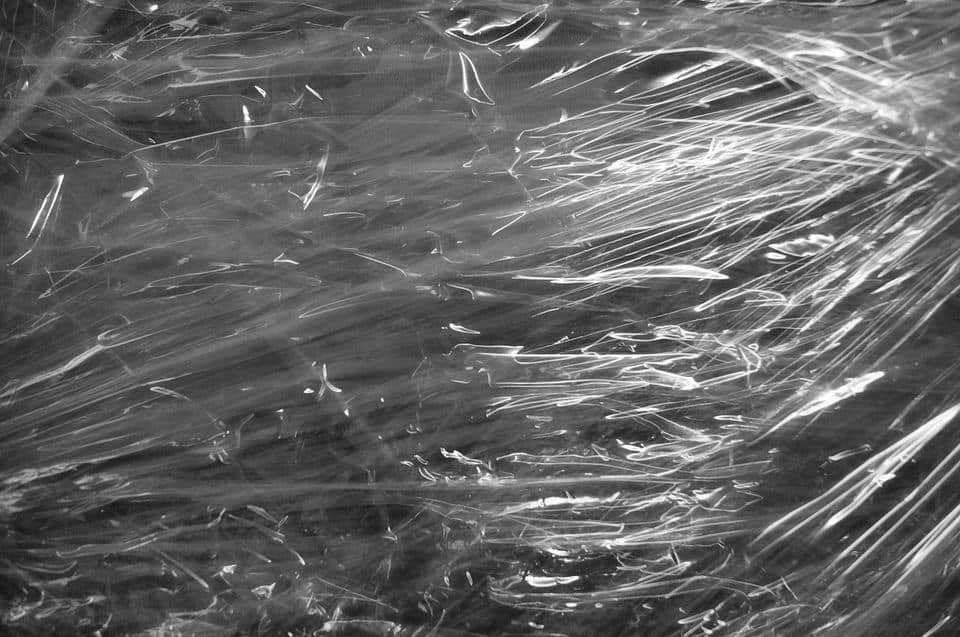Biaxially Oriented Polypropylene, also known as BOPP film, is a thin, plastic film that has been stretched both mechanically, and also manually using a cross direction technique.
Due to its advantages, this film has become very popular and is a highly regarded film used across the globe. This film can be found in many day-to-day products such as a six-pack of soft drink, labels for soft drink bottles, and even plastic bags.
What is This Film Used for?
This film can be used for all sorts of things from tobacco film, electrical film to pearl film. It’s also used in all types of packaging because of its numerous amounts of benefits.
What are the Advantages of Biaxially Oriented Polypropylene?
There are many advantages to Biaxially Oriented Polypropylene, which is why it is so favoured!
It is environmentally friendly, which is really important in today’s climate. It’s light in weight, which is perfect for packaging. It also limits the damage products may receive in transit to a great extent, and can also protect from wet weather, as it has a high tendency to keep products dry, which is ideal. Not only that, in comparison to other polyester films, Biaxially Oriented Polypropylene protects against air pollution and toxic chemicals. It is also resistant to oils and grease, and it is difficult to puncture!
The Biaxially Oriented Polypropylene also has a few benefits that you might not think of when choosing a plastic. It needs little messing with with which is great for efficiency and cost. It doesn’t need de-lamination as other plastics do and it is resistant to ultraviolet rays. This plastic is also readily accepted all across the world, which makes shipping a lot easier for companies and the like.
The benefits don’t just stop there for this universal film. From an aesthetic point of view, this film has an excellent gloss and high transparency that gives it a stunning finish. Though, if gloss isn’t what you’re looking for, Biaxially Oriented Polypropylene film can also come in several different ranges and finishes, such as matt and silk. It also remains wrinkle and shrink free amongst changes in the environment, keeping your packaging immaculate. And just for good measure, this film is also recyclable.

What are the disadvantages of Biaxially Oriented Polypropylene?
You might be surprised to learn that there are in fact downsides to Biaxially Oriented Polypropylene.
A few of the disadvantages that this film propose is that the sealing is poor. There is a high range of crystalline nature in Biaxially Oriented Polypropylene film which means when the plastic crystals, it alters the aesthetics making it hazy, and also can alter the structure of it. This plastic film has low surface energy, which means even though it is used for printing on, it doesn’t hold ink very well, making the print result poor quality.
If you don’t heat seal Biaxially Oriented Polypropylene, then it becomes much more static, which isn’t ideal. The reason for this is because when plastic components become charged, pieces of dirt including hair, dust and debris will be drawn to the charge. Since plastics are insulators, they are poor conductors of electricity. These particles that are drawn to the charge can cause problems in certain situations such as medical applications and electronics. These particles are not easily removed because of the static charge, and no washing or blowing on the parts will dislodge them, which is why it is important to have preventative measures in place.
At Kempner, it is important for us to use the best plastics available and shrink wrap is high on the list of recycling-friendly, effective, and cost friendly packaging. Contact us to find out more on our polyolefin shrink film and what we can do for you!


